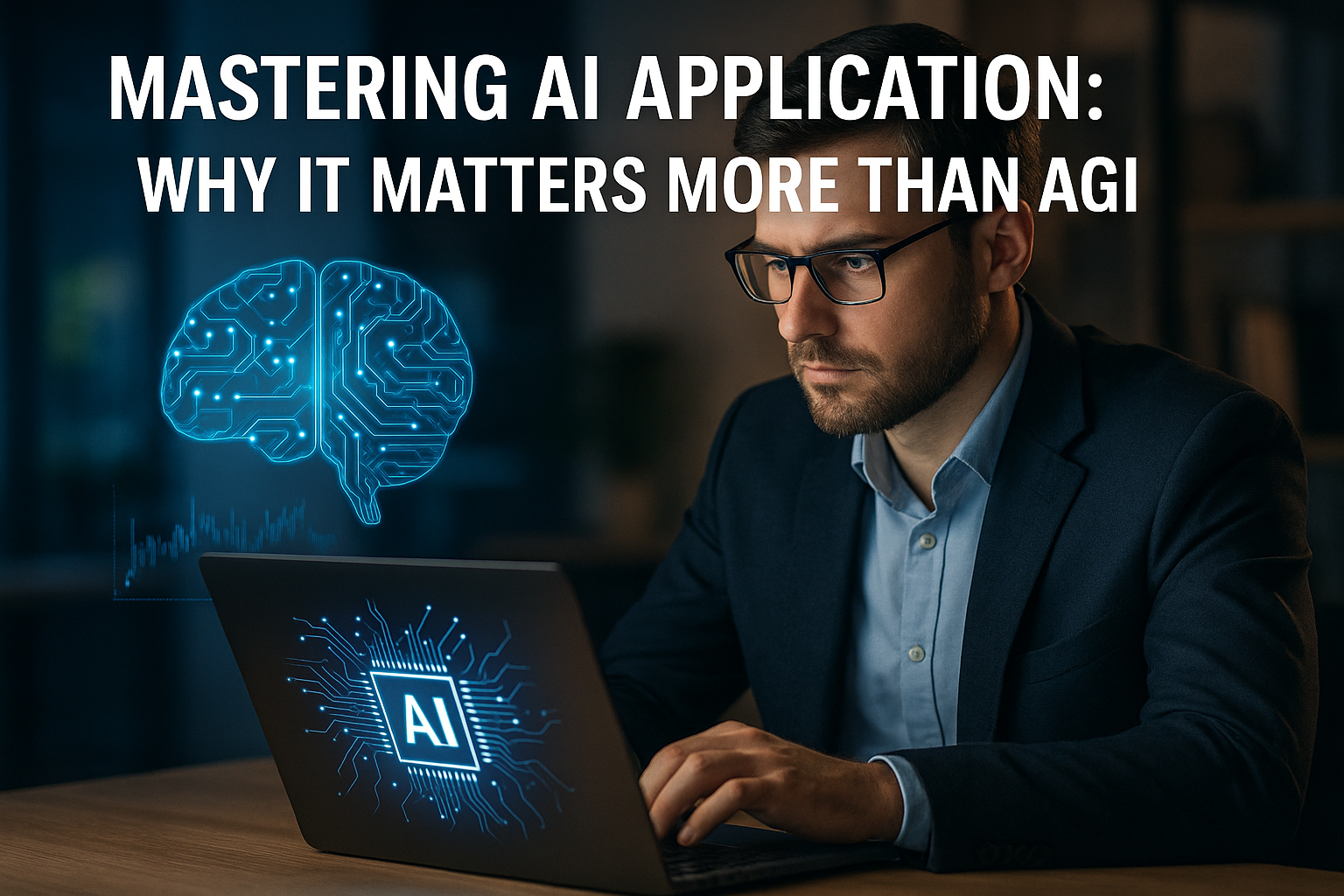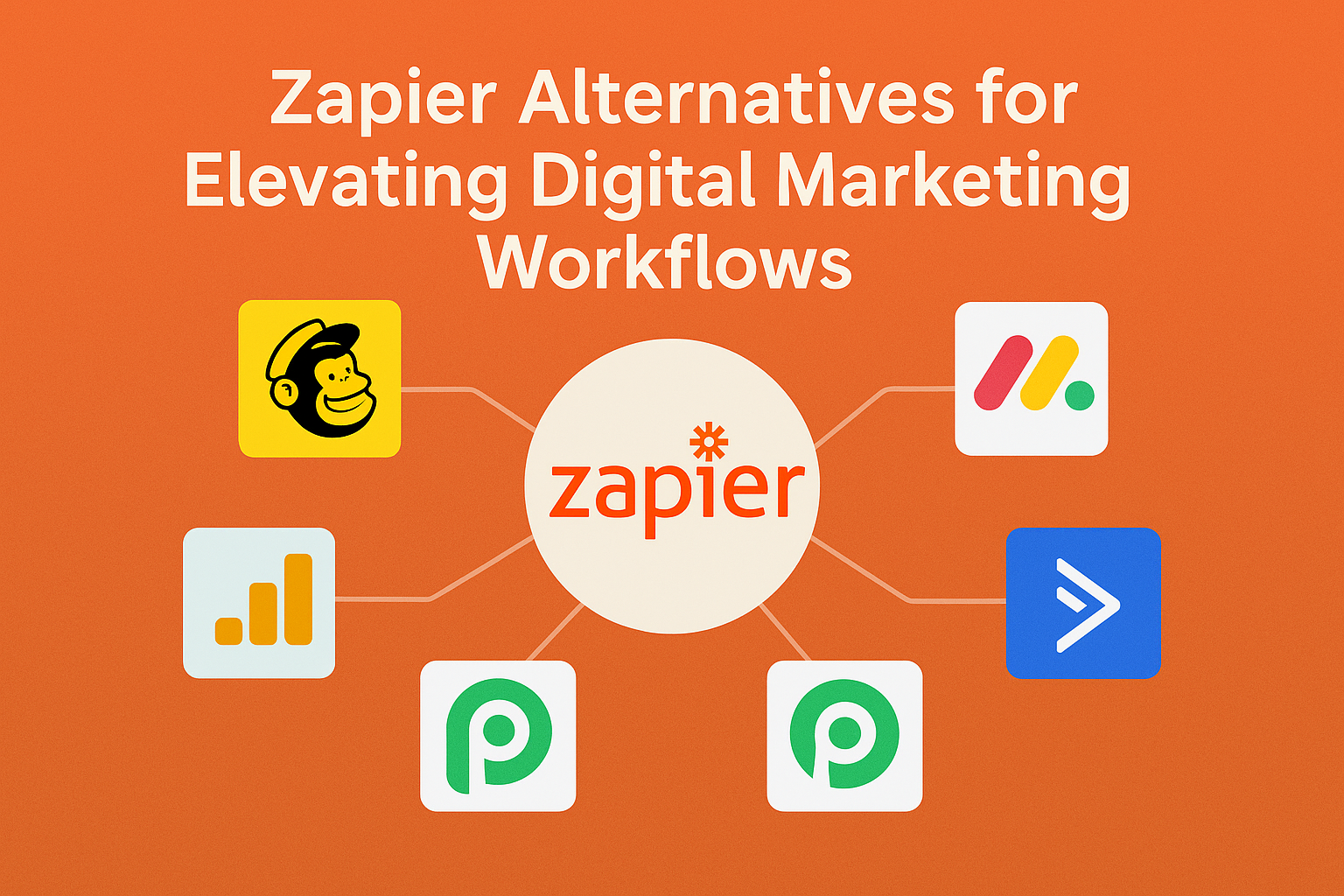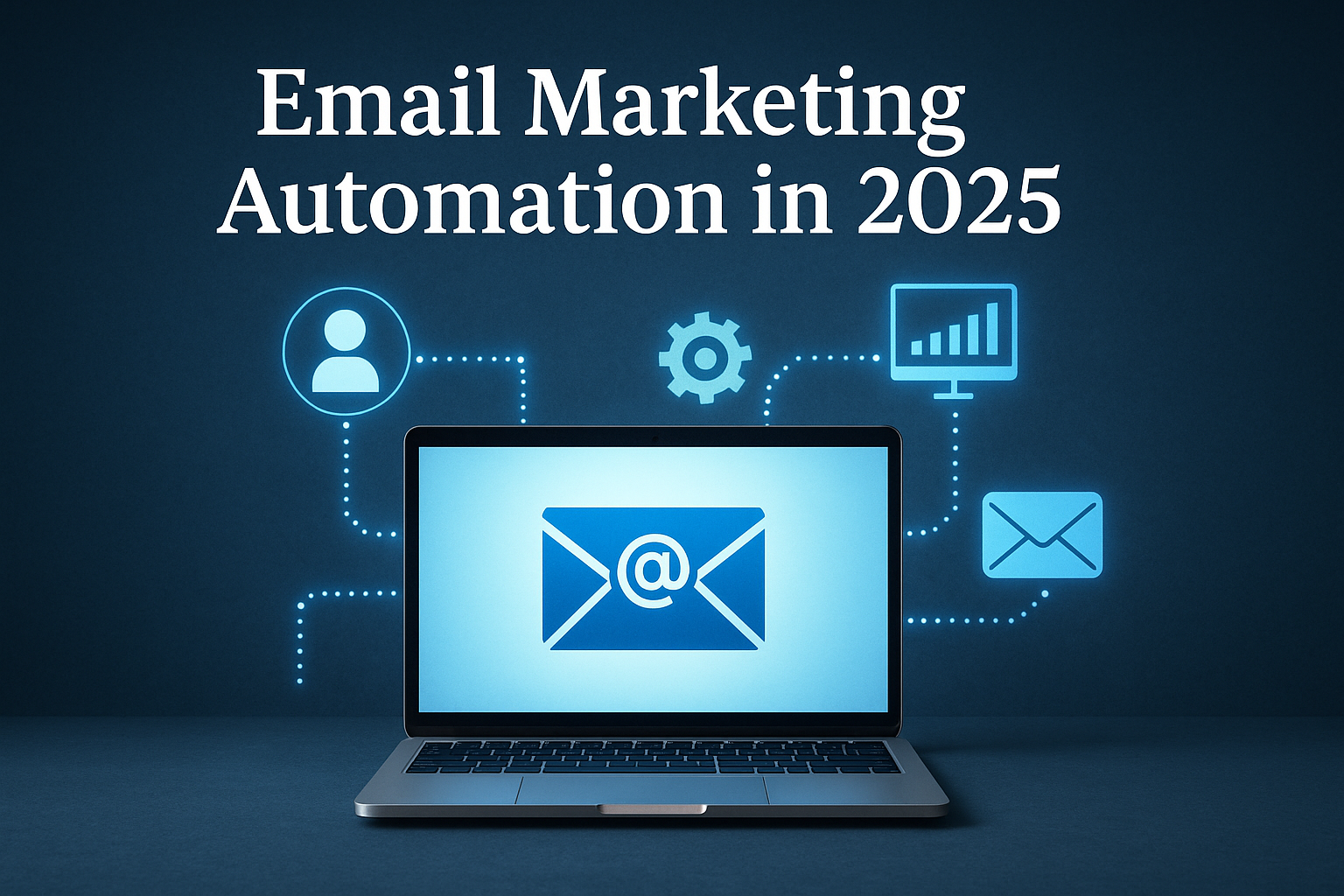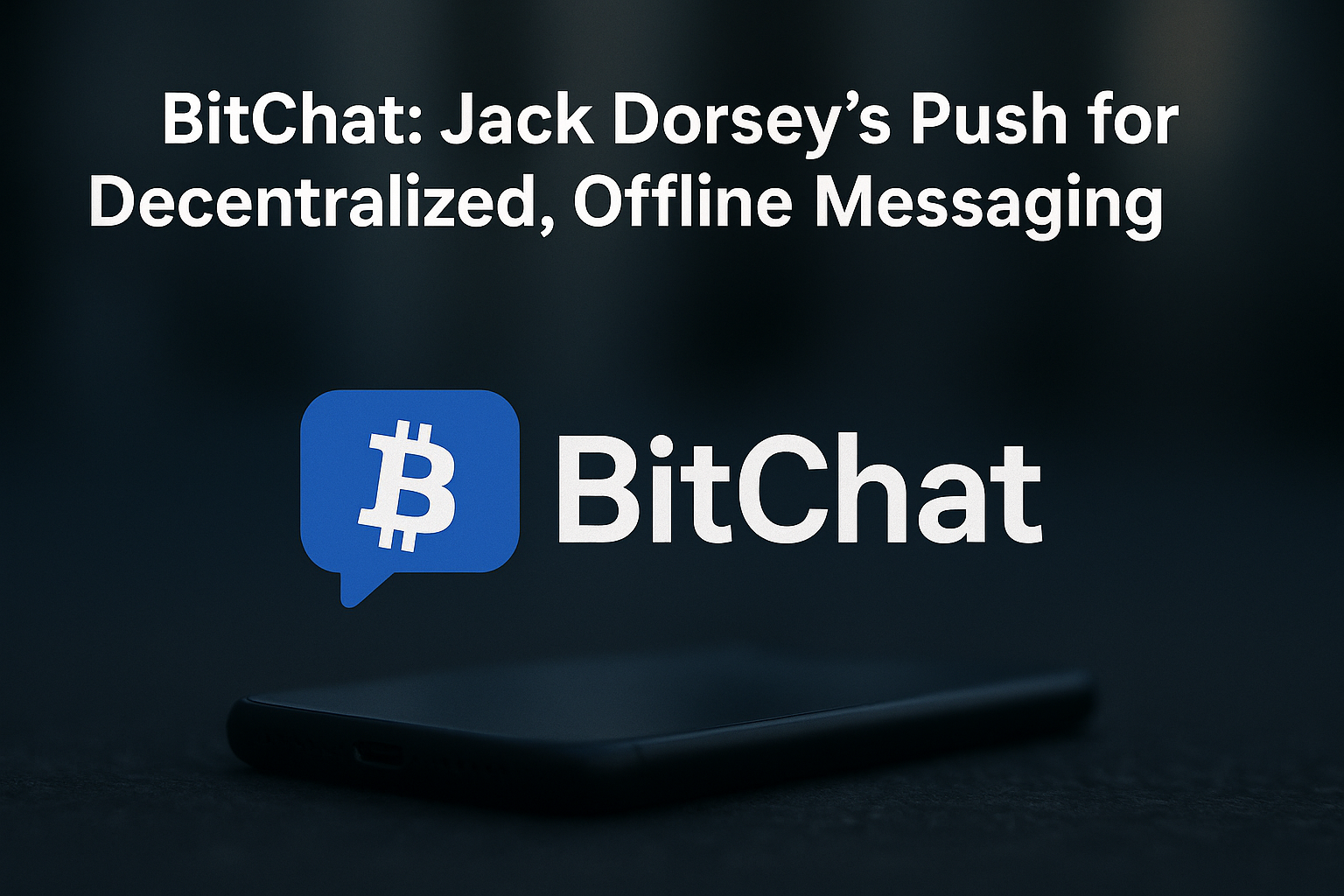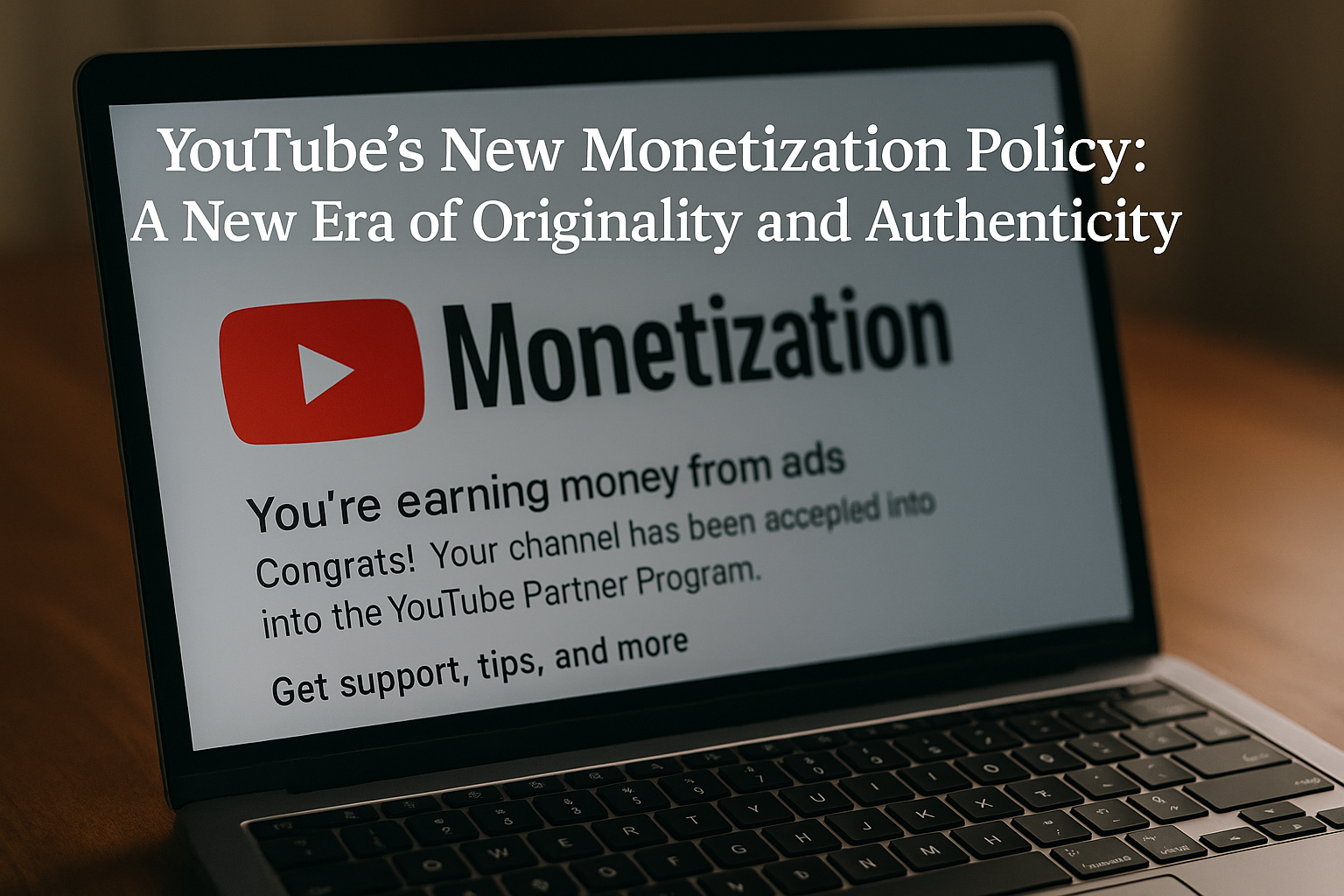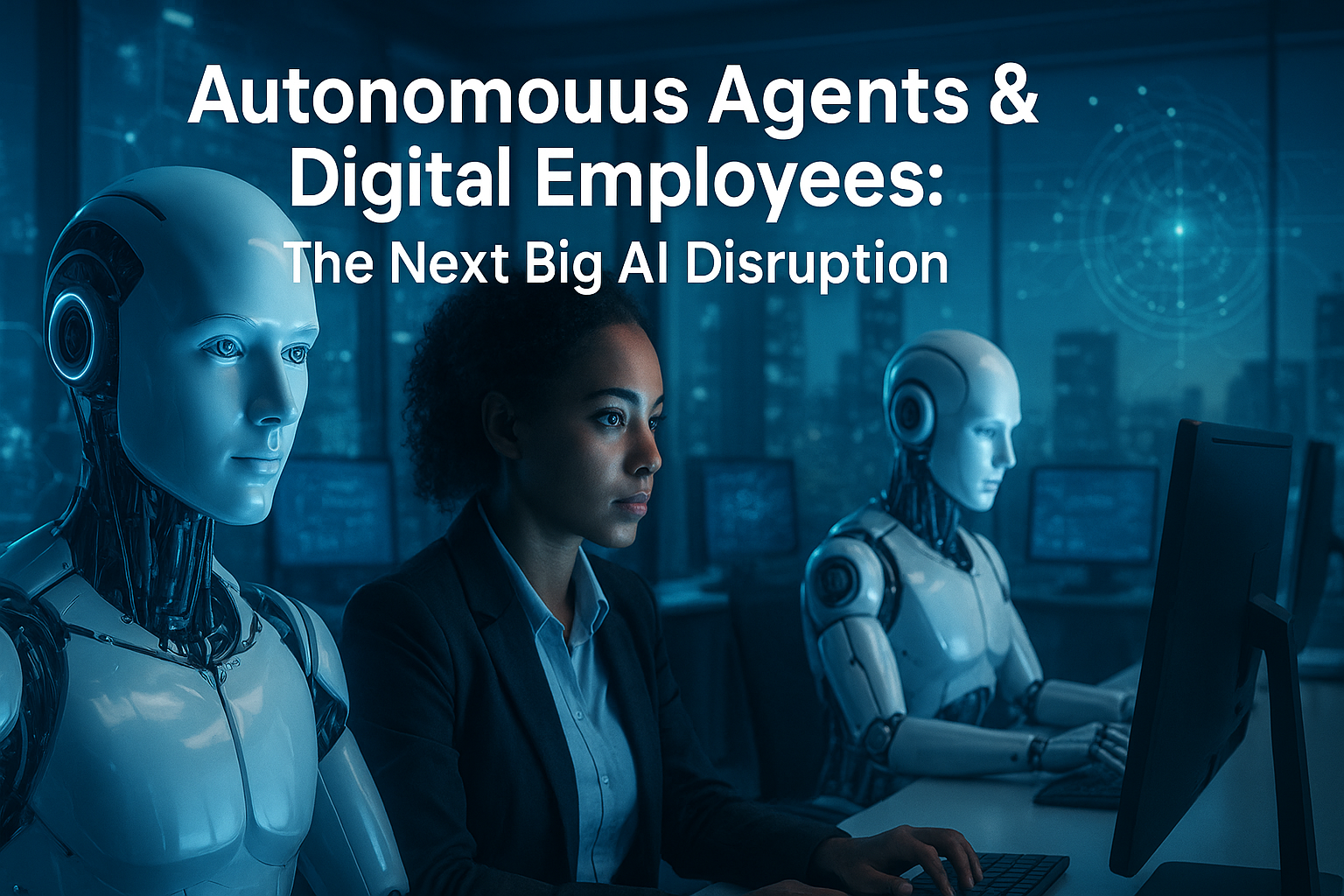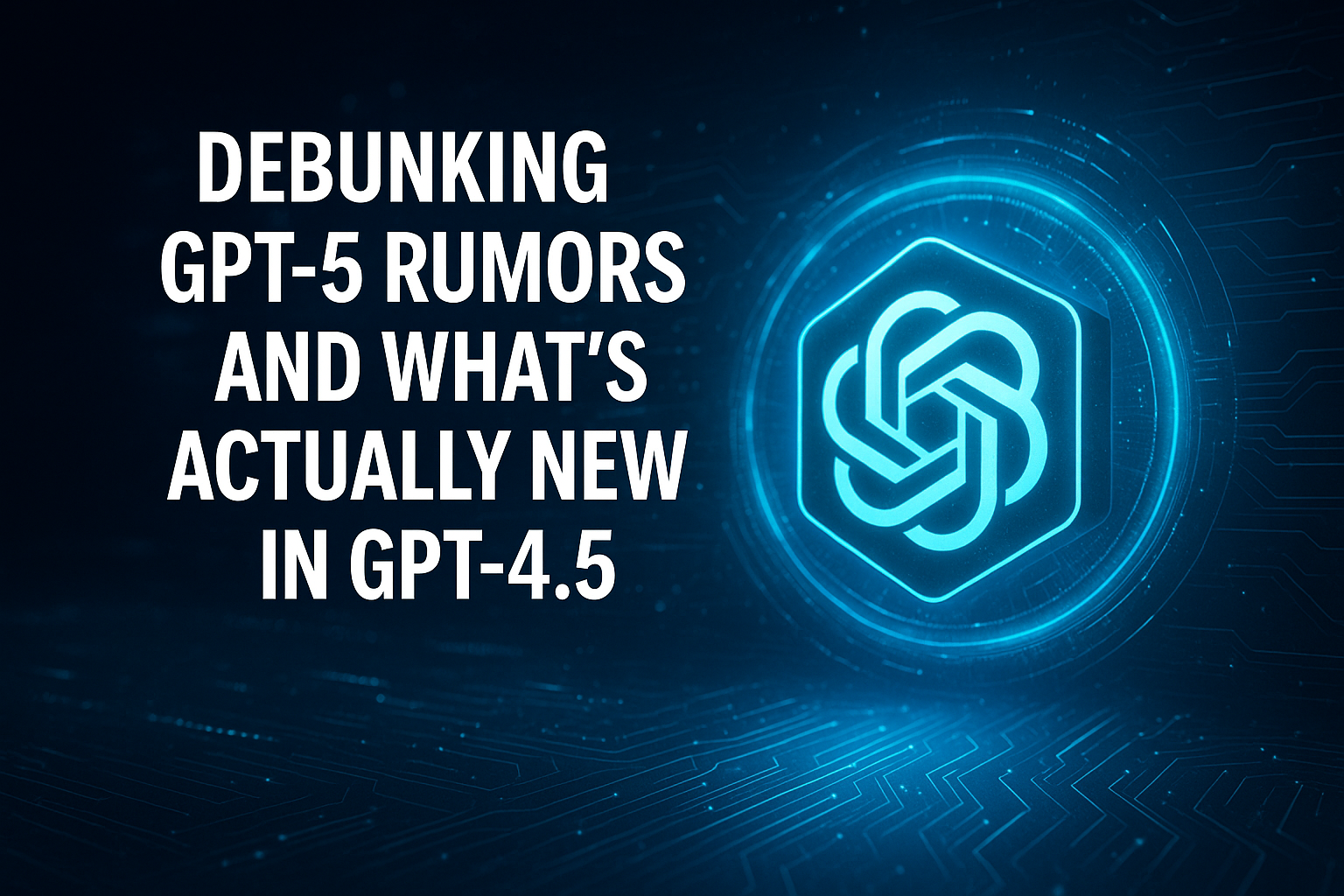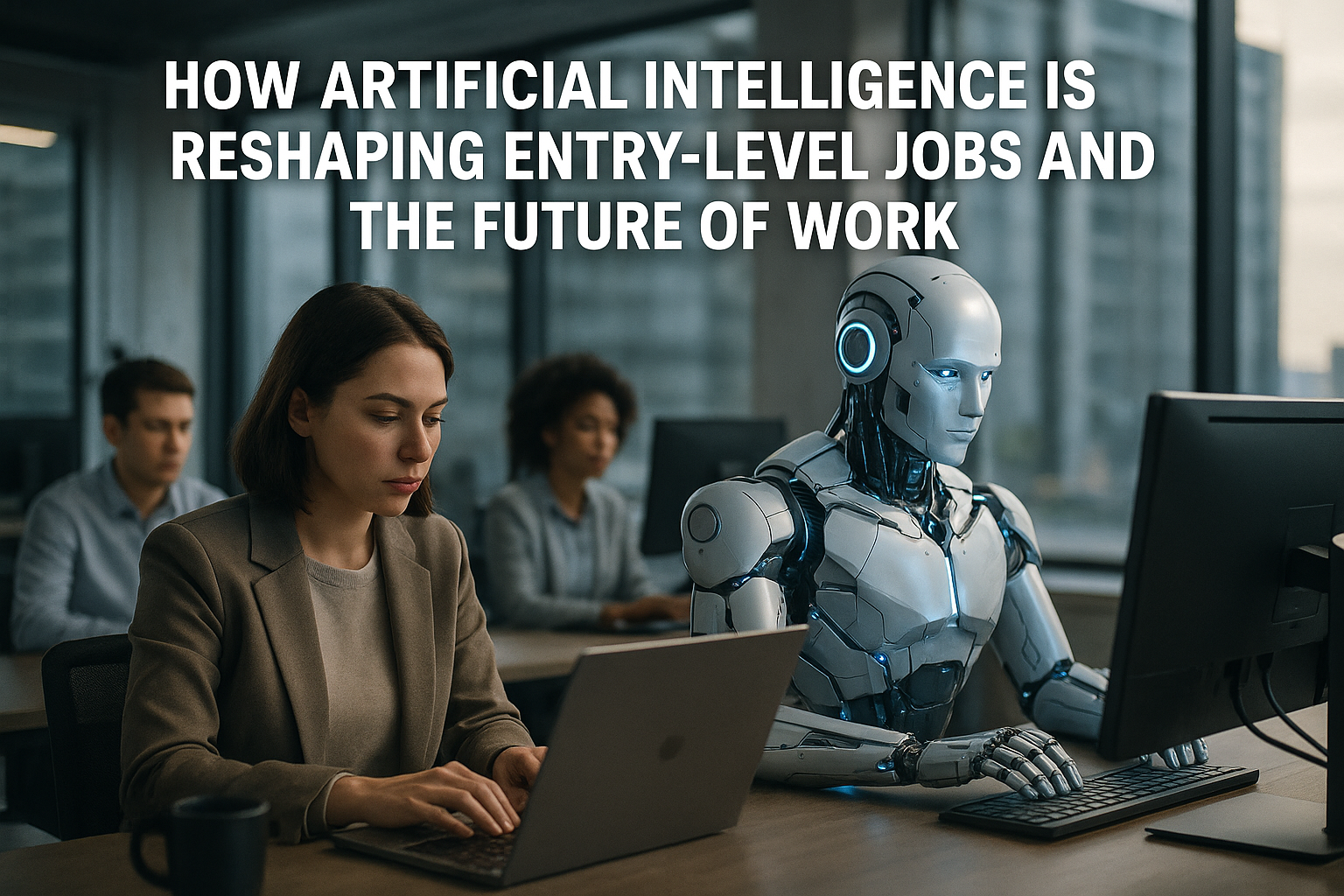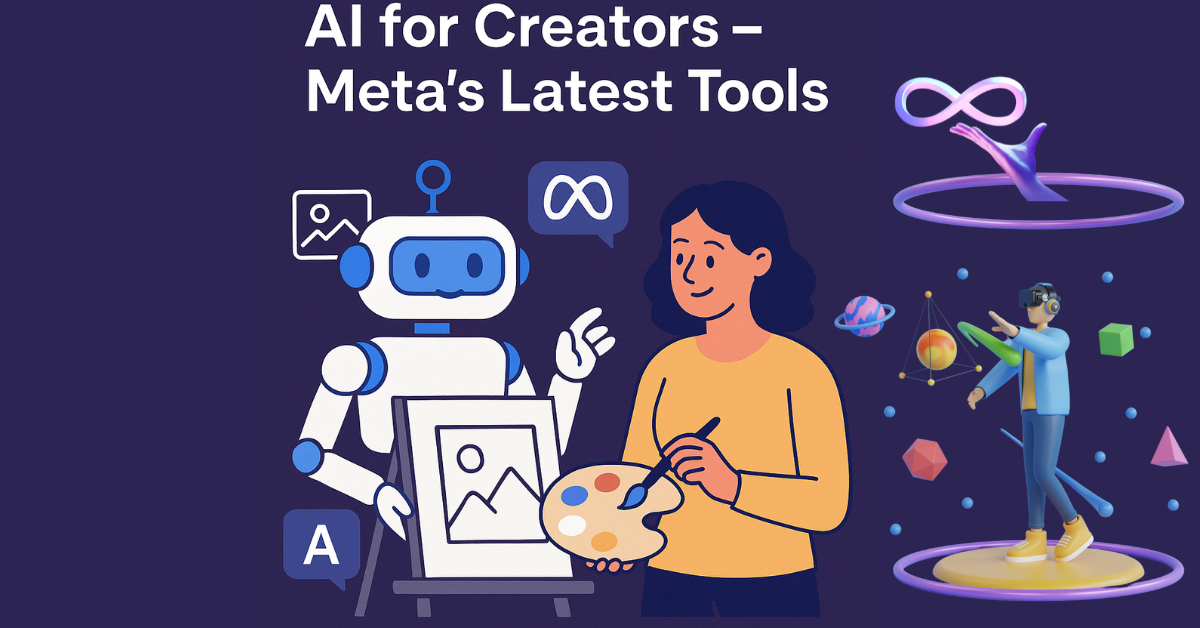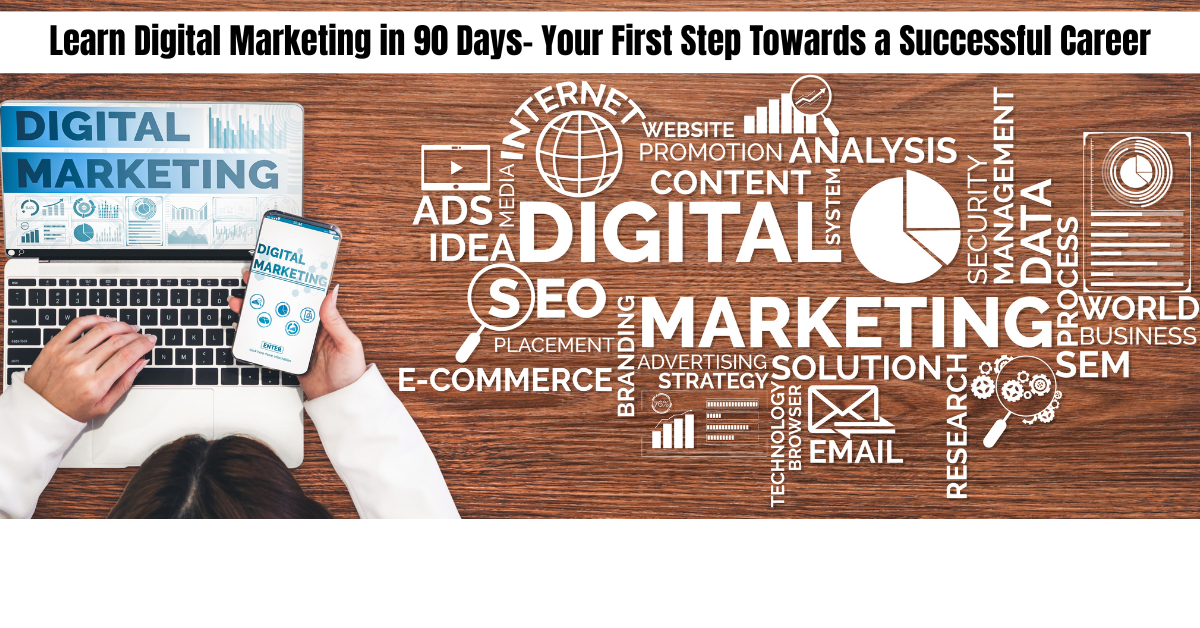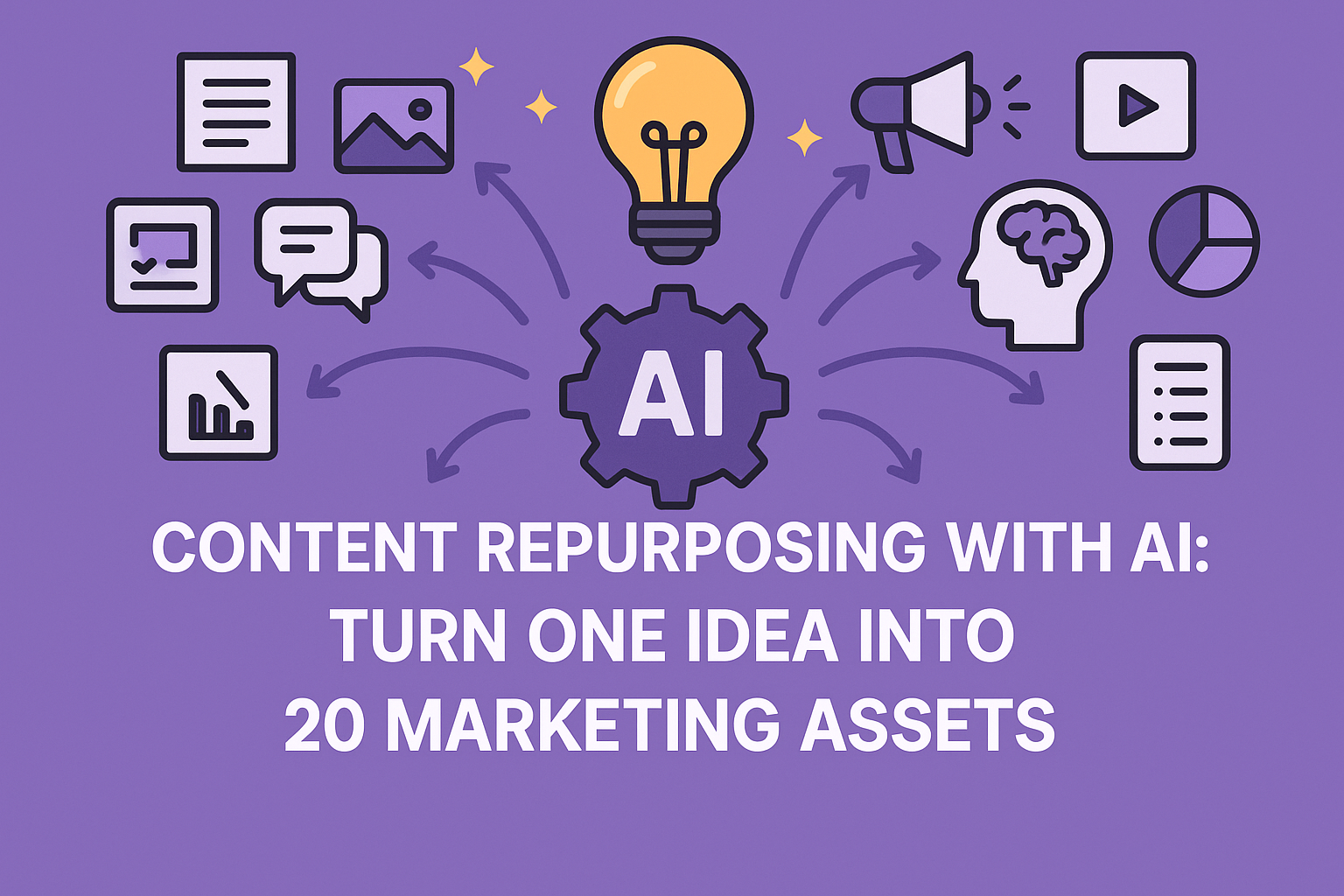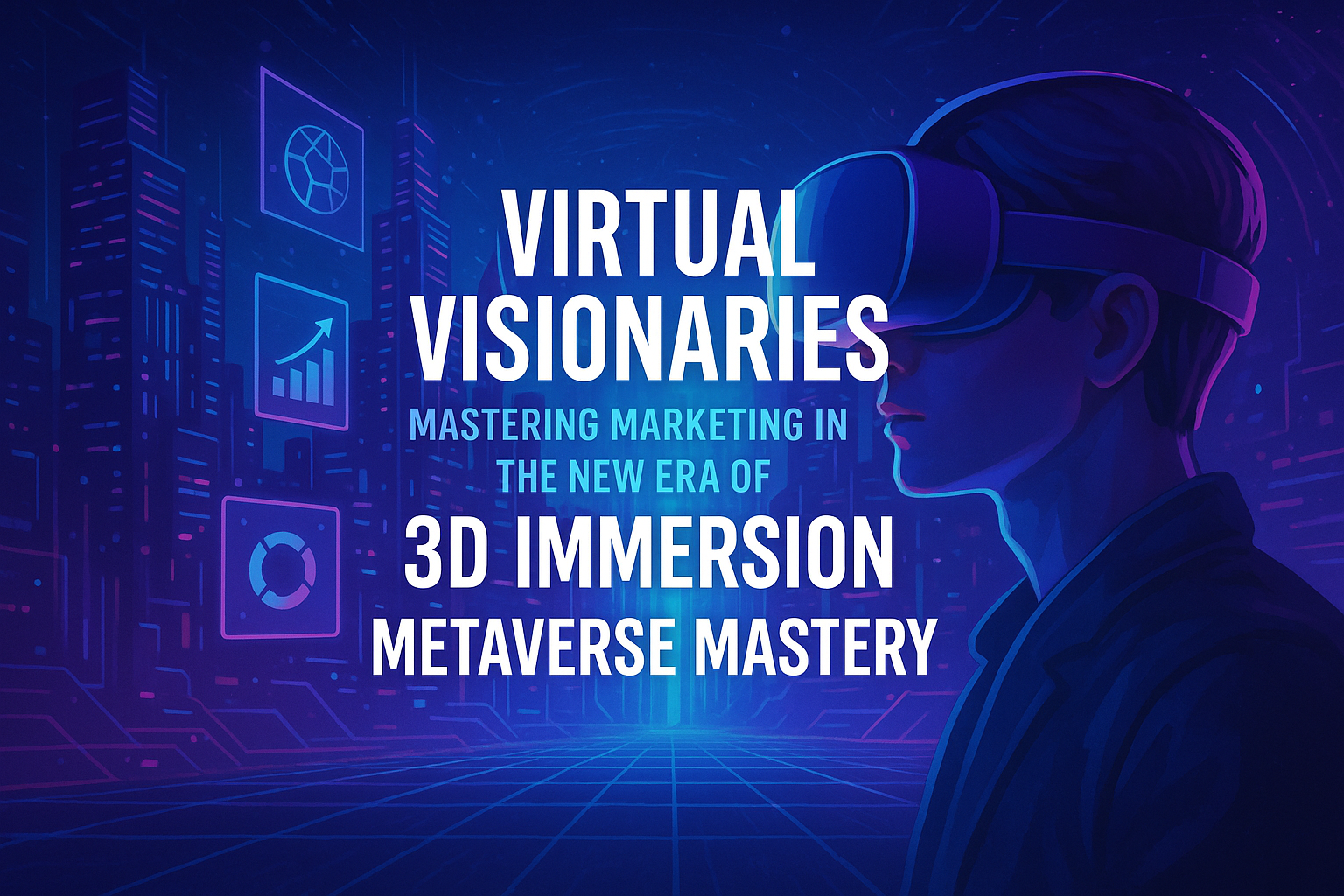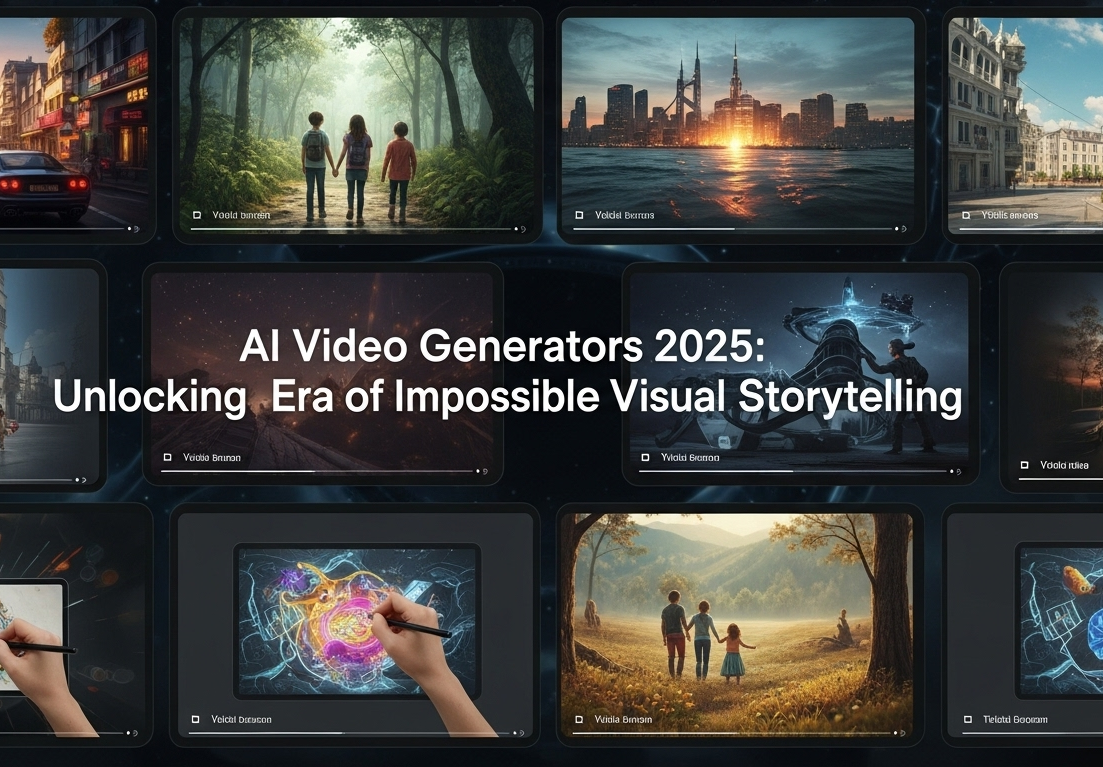The air in the tech world crackles with a relentless buzz about Artificial General Intelligence (AGI) Application – the tantalizing prospect of machines matching or even surpassing human cognitive abilities. Visions of a future shaped by super-intelligent systems, capable of understanding, learning, and applying knowledge across a vast spectrum of tasks, ignite both fervent excitement and unsettling fears.
Yet, amidst this often-frenzied narrative, a voice of seasoned pragmatism emerges: that of Andrew Ng, co-founder of Google Brain. His recent assertion that AGI is “overhyped” and that the true power in the age of AI lies not in building these advanced systems, but in knowing how to effectively use the AI tools we already possess, offers a refreshing and critically important perspective. It’s a call to shift our focus from speculative grand futures to the immediate, tangible impact AI can have, and in doing so, democratize its immense potential.
The AGI Hype Cycle: A Distraction from Present Power
For years, the discourse around AI has been dominated by the pursuit of AGI. This quest, fueled by ambitious researchers and well-funded ventures, often paints a picture of an inevitable singularity, where machines will either usher in an era of unprecedented abundance or pose existential threats to humanity. This narrative, while captivating, can be a distraction. It can lead to a narrow focus on theoretical breakthroughs, diverting attention and resources from the immediate, practical applications of Artificial Intelligence that are already transforming industries and lives.
Andrew Ng’s Reality Check: AI as Electricity, Not Existential Threat

Ng, a pioneer in the field, doesn’t dismiss the concept of AGI entirely, but he grounds the conversation in reality. He argues that for a long time to come, there will be many things humans can do that AI simply can’t. The fear of widespread job displacement and human obsolescence, he contends, is “just ridiculous” and often serves as a “hype narrative” to make certain businesses appear more powerful and attract investment. Instead, he likens AI to electricity – a neutral, powerful tool whose impact depends entirely on how it is applied. Just as electricity can illuminate homes and power industries, or be used destructively, AI’s benefit or harm stems from its application.
From Building to Using: The New Frontier of AI Power

This shift in perspective is profound. It moves the conversation from a distant, abstract future to the present, empowering individuals and organizations to harness AI’s capabilities today. The “power,” as Ng emphasizes, will increasingly belong to those who can make computers do exactly what they want them to do. This doesn’t necessitate a deep understanding of the underlying algorithms or the ability to train complex models from scratch. Rather, it demands a practical literacy in leveraging existing Artificial Intelligence tools to solve real-world problems.
Consider the current landscape of Artificial Intelligence. We have sophisticated large language models capable of generating human-like text, advanced computer vision systems for image recognition, powerful predictive analytics for data interpretation, and robust automation tools that streamline processes. These are not nascent technologies; they are readily available and continuously improving. The bottleneck, therefore, is not the creation of ever-more intelligent machines, but the imaginative and strategic deployment of these existing capabilities.
Empowering Individuals: The Rise of the “AI User”
This reorientation highlights the critical importance of Artificial Intelligence Application literacy and application skills. For individuals, this means understanding the strengths and limitations of various Artificial Intelligence tools, learning how to effectively prompt and interact with them, and identifying opportunities to integrate them into workflows to enhance productivity and creativity. It’s about becoming a skilled “Artificial Intelligence user” rather than solely an “AI builder.” This opens up vast avenues for upskilling and reskilling the workforce, ensuring relevance in an increasingly AI-driven economy.
Business Transformation: Actionable AI Strategies
For businesses, it means moving beyond the often-abstract discussions of AGI and focusing on actionable AI strategies. It’s about identifying pain points, exploring how current Artificial Intelligence solutions can address them, and building internal capabilities to implement and manage these tools. This could involve leveraging AI for enhanced customer support, optimizing supply chains, personalizing marketing campaigns, or accelerating research and development. The companies that will thrive are those that can effectively integrate AI into their core operations, not necessarily those that are pouring billions into theoretical AGI research.
Democratization and Responsibility: The Two Sides of AI Adoption

The democratization of Artificial Intelligence tools is a key enabler of this pragmatic revolution. User-friendly interfaces, pre-trained models, and accessible APIs are lowering the barrier to entry, allowing individuals and smaller businesses to leverage AI Application without needing extensive technical expertise or massive computational resources. Platforms like Google AutoML, open-source libraries like TensorFlow and PyTorch, and readily available generative AI applications are empowering a wider range of people to experiment, innovate, and solve problems with AI. This distributed adoption fosters a more diverse ecosystem of AI applications, moving beyond the confines of a few large tech companies.
However, this shift also brings responsibilities. As Ng points out, AI is neither inherently safe nor unsafe; its impact is determined by its application. Therefore, prioritizing responsible AI use, addressing ethical considerations like bias and data privacy, and fostering transparency in AI systems become paramount. This isn’t just a concern for those building the most advanced AI; it’s a shared responsibility for every individual and organization leveraging these powerful tools.
The Pragmatic Future: Mastering the Art of AI Application
In conclusion, Andrew Ng’s perspective serves as a vital course correction in the ongoing narrative of AI Application. While the pursuit of AGI may continue to fascinate, the immediate and tangible impact of artificial intelligence lies in our collective ability to understand, adapt, and skillfully utilize the AI tools that are already at our disposal. The future of AI power belongs not to those who merely dream of super intelligent machines, but to those who master the art of making today’s AI work for them, creating a more efficient, innovative, and ultimately, more empowered world.
If you found this information helpful, don’t forget to subscribe to Zealimpact.com. We’ll keep bringing you more AI related Blogs like this one. Your support is our strength.
If you found this information useful, don’t forget to share it with your friends and family.

